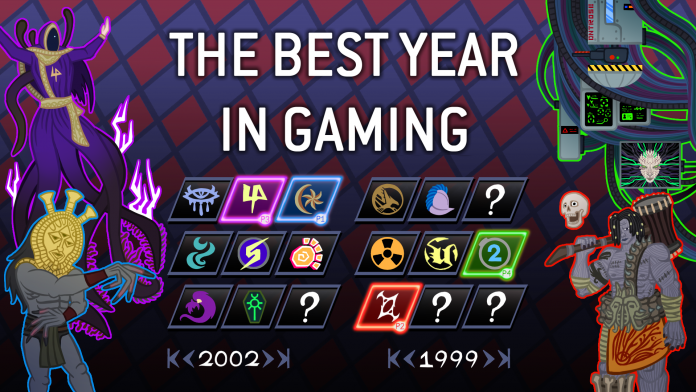Last year’s stacked lineup of games for the Game Awards had us thinking: What was the best year in gaming? As part of our series on determining gaming’s best year, we’re putting together an article on each year, charting the major releases and developments of the year, and talking about both their impact and what made them great.
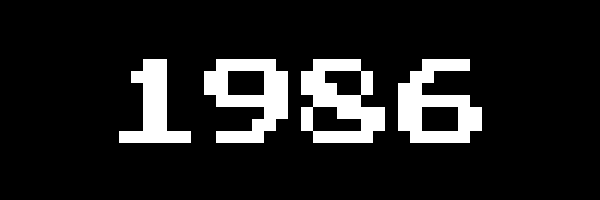
The Year: 1986
1985 might have been the year the NES first arrived in the United States, but 1986 was really its breakout year – the NES fully launched in the US and Europe in 1986, and while it took another year for many of them to receive translations and western releases, developers were absolutely cooking with the console early in the year. After a phased roll-out to the New York and Los Angeles markets, the NES released nationally in September of ‘86 with a whopping 17 launch games, including Super Mario Bros., Excitebike, Duck Hunt, and Kung Fu. These had all been playable already at arcades the year prior on Nintendo’s Play Vs. arcade cabinet and were immediately desirable on the home console. The console also launched in Europe, though most countries wouldn’t receive the NES until 1987, with Mattel handling distribution. This three-year delay ultimately would allow Sega’s Master System to develop a massive European following.
Bolstered by Worlds of Wonder strong-arming retailers into stocking the console, the NES was a massive hit in the US, and by 1988 the market for its games was larger than the market for all home computer software. Growing up in the US in the Eighties, you had to have a Nintendo and if you didn’t, you’d go to your friend’s house to play. Lending games to friends was common, and while video game rentals had started popping up occasionally in video rental stores a few years earlier, NES games quickly became the dominant force and a huge source of late fee revenue.
“The Nintendo Threat?”. Computer Gaming World. June 1988. p. 50.
Secret Galaxy – The Rise & Fall of Teddy Ruxpin and Worlds of Wonder
While the NES and the Master System were releasing in the United States, Japan was already moving onto the next hardware iteration with Nintendo releasing a disk drive add-on for the Famicom. This was basically a floppy disk drive for the console which acted as cheaper, larger data storage and added some improved sound processing. They also allowed for writing to the disk, which meant it became possible to save progress in a game without using a password. A number of major releases for the Famicom would be released on the Disk System in 1986, including Super Mario Bros. 2 (the Japanese version, also known and released later as Super Mario Bros.: The Lost Levels in the US), The Legend of Zelda, Metroid, and Kid Icarus. Japanese consumers could purchase disks for 2600 yen (about $17 in 1986 money, or $48 today), and then have a game written to the disk for 500 yen (roughly $3 then, about $9 now). Games could also be written over and replaced on a disk.
All of this was necessary because the industry hadn’t yet solved a crucial problem with games: ROM cartridges were, by their very nature, read-only media. As Americans reading this know, the Famicom Disk System never made it out of Japan, and was largely obsolete two years later for two reasons: First, games quickly started to become larger than a single disk could hold – this was something you could easily solve by paying for more storage in a cartridge, but was harder to manage with a floppy disk. The second was the inclusion of battery backed-up RAM on the cartridges (this is because RAM is for most purposes wiped clean when you turn off the power). In 1986 the US release of The Legend of Zelda on cartridges gave us the first cartridge game with a battery back-up, letting players save their games and continue their progress later. This would revolutionize gaming and by 1989 it was just the default for games which wanted to include a save feature, making complicated passwords a thing of the past.
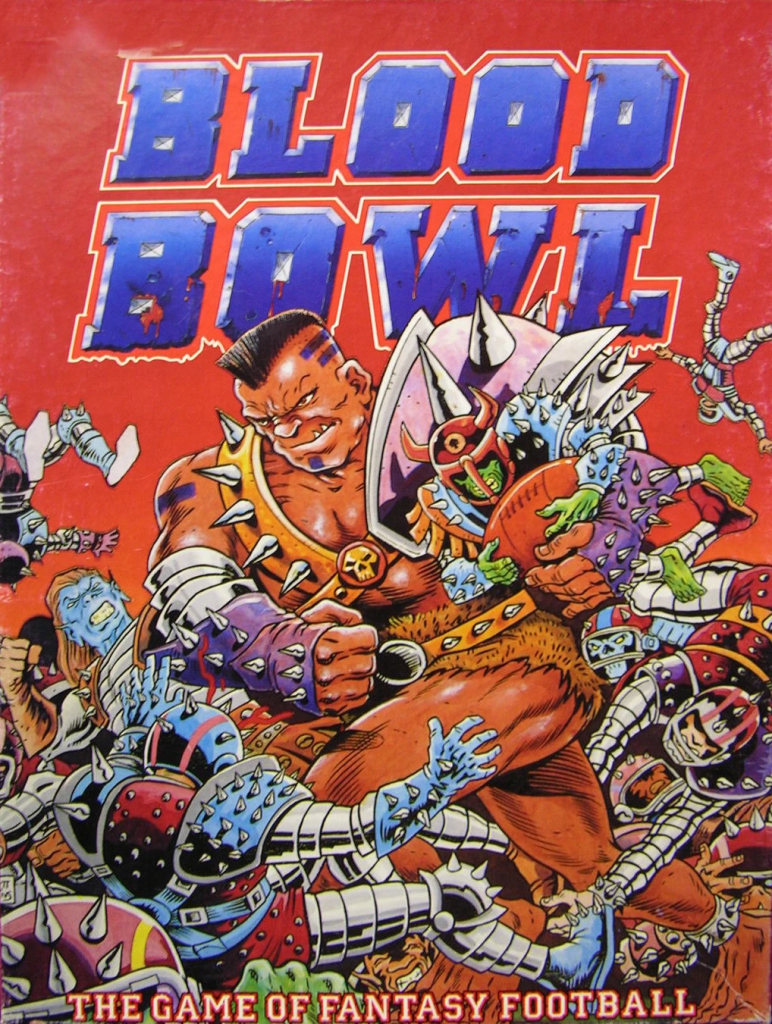
Blood Bowl
Ask some tabletop players and they’ll tell you Blood Bowl is the best game ever produced by Games Workshop. And as much as I write about Warhammer 40k, I’m actually pretty hard-pressed to refute their claims. Blood Bowl brings a violent mix of American football/rugby to the world of Warhammer Fantasy Battles, letting players take on the role of coaches of fantasy teams with players from various fantasy races. In the first edition of the game players were represented by cardboard pieces, though Citadel would eventually release metal miniatures to support the game. Blood Bowl’s first edition looked a lot more like Warhammer than a standalone game – many of the more sports-related mechanics would be introduced in the game’s second and third editions, the latter of which really perfected the modern formula for the game.
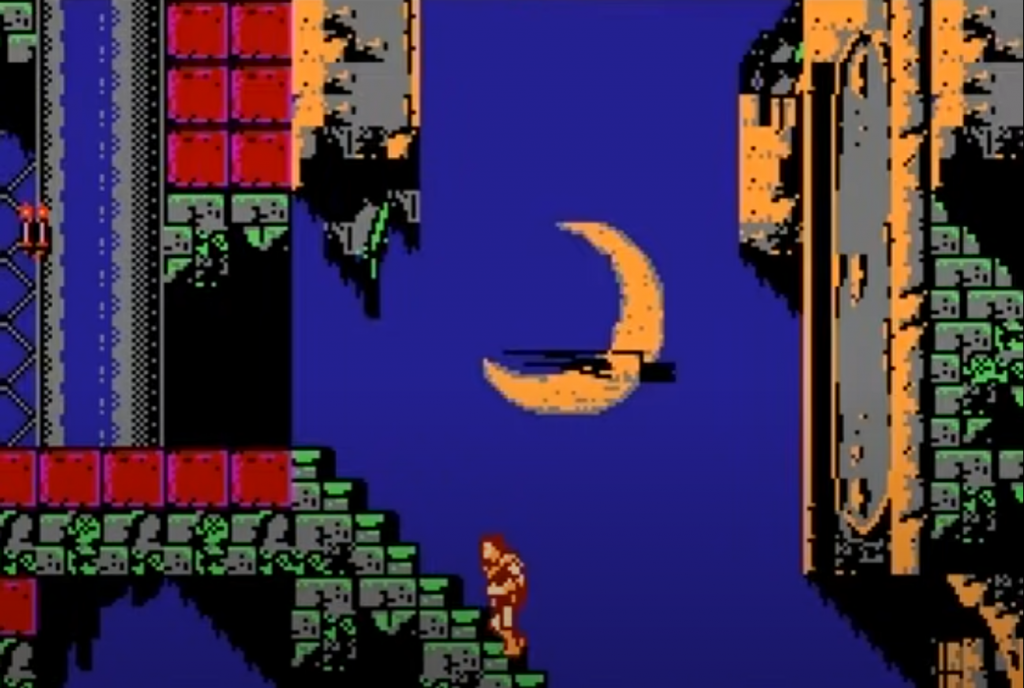
Castlevania
Konami released Akumajō Dracula – known to Western audiences as Casltevania – in 1986 for the Famicom Disk System and took everything Capcom had done with Ghosts ‘n Goblins the year before and kicked it up a notch. We were introduced to Simon Belmont, armed with the legendary vampire killer whip on a quest to infiltrate Dracula’s castle and kill everything that goes bump in the night on his path. Although known for being a very difficult game, Castlevania was pretty much par for the course of early Nintendo games. Indeed, the difficulty remains noteworthy because unlike many of its contemporaries, the game is so good it’s still worth picking up and playing today despite the challenge.
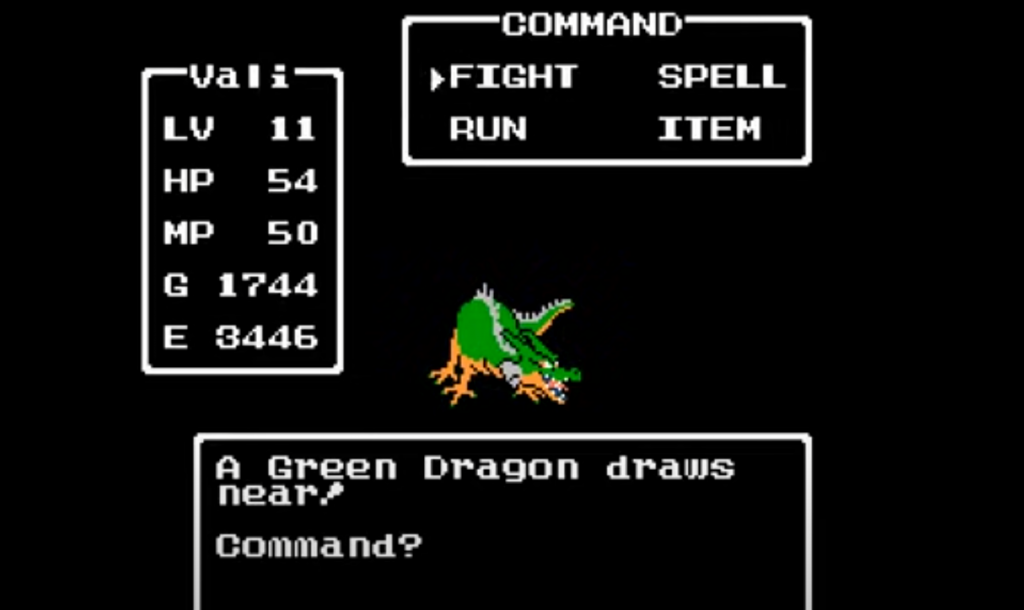
Dragon Quest
US developers had been trying to make a video game version of Dungeons & Dragons for years by the time 1986 rolled around. For the Japanese, the official release of the game was still a year away (though some dedicated nerds had brought the game to Japan already). Instead, Japanese developers like Yuji Horii would look to create games crafted after those American attempts – most notably Wizardry and Ultima. And in 1986, Horii created Dragon Quest, which would go on to be a massive hit – in part because Nintendo just sent unsold copies of the game to Nintendo Power magazine subscribers in 1990.
Dragon Quest is an amazing milestone for RPGs. It’s approachable in a way that many of its predecessors were not, and the game’s mysteries are legitimately engaging while its combat is legitimately difficult. There are better RPGs out there today, but few captured the imagination of players worldwide like Dragon Quest. Now all that said: If you only played the stateside release, renamed Dragon Warrior, some 3 years later, you actually played a much improved version of the game, with superior graphics and a built-in save feature to replace lengthy password input. You lost out on some of Dragon Ball creator Akira Toriyama’s sweet instruction manual artwork, though.

The Legend of Zelda
A game inspired by Shigeru Miyamoto’s childhood experiences apparently spent exploring caves in the Japanese countryside, The Legend of Zelda was part of a one-two punch of NES releases which would immediately establish the credibility of Japanese RPG and adventure games and kick off one of the most respected franchises in gaming. The original Legend of Zelda title drops players into the role of the now-iconic hero Link in an open, explorable world full of secrets, treasures, and dungeons. The original still holds up despite an awful US translation and it’s easy to see why the game captivated audiences worldwide.
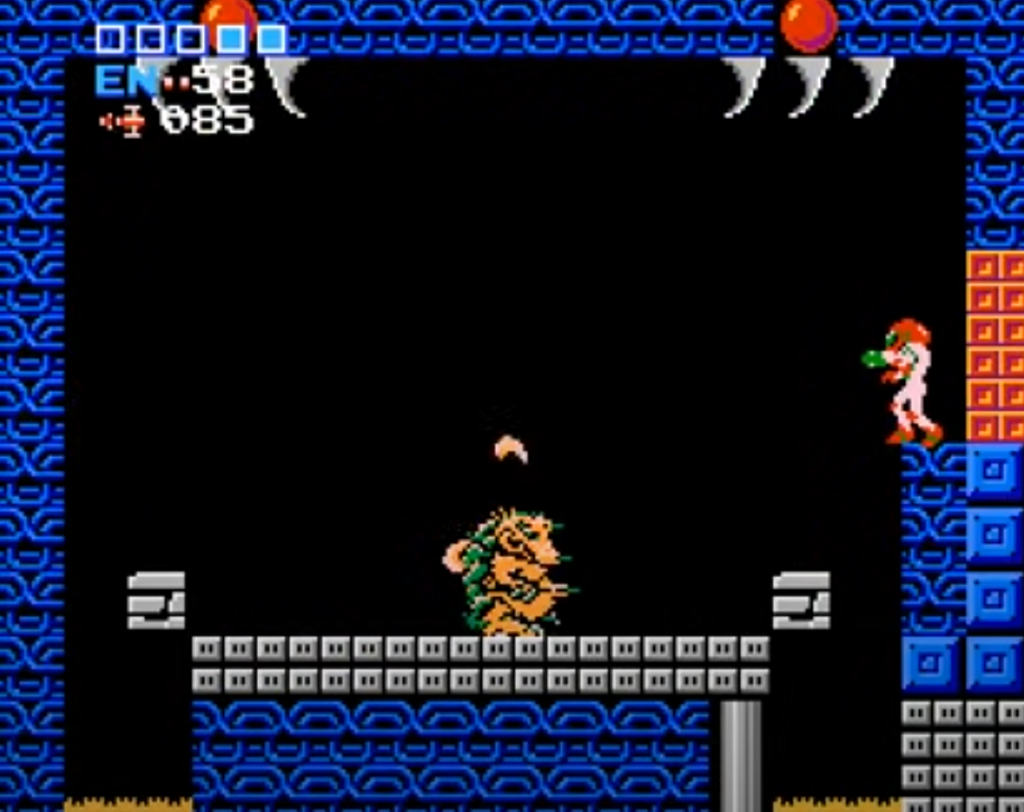
Metroid
A game so popular there’s an entire genre named after it. Well, and Castlevania, but that’s due to the 1997 release Castlevania: Symphony of the Night and not the series’ earlier releases and if we’re being honest, the genre is only called “Metroidvania” because that game was popular. Metroid had already established the formula well before SotN ever toyed with it, perfecting it across three wonderful games. The original Metroid is the least polished of those but still a gem, another game filled with secrets and seeing players gaining strength as they delve into the lonely bowels of the planet Zebes to hunt the elusive Metroids.
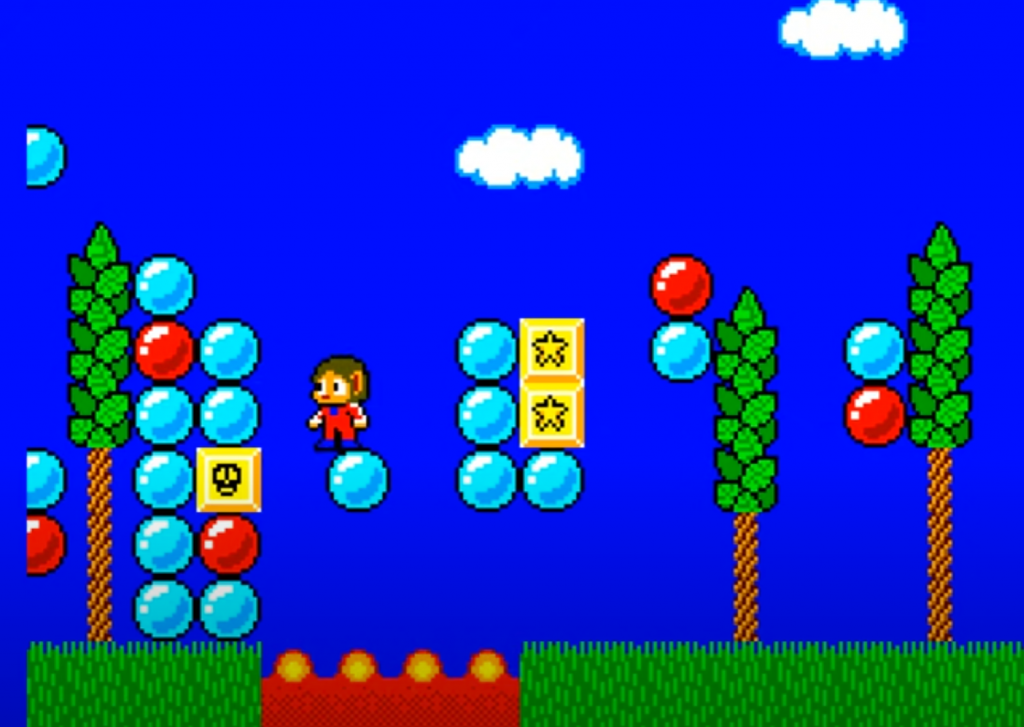
Alex Kidd in Miracle World
What Mario was to Nintendo, Alex Kidd was to Sega before Sonic arrived. The first game in the series, Alex Kidd in Miracle World is a 2d platform game which was released in the US and Japan in 1986 and a year later in Europe. And because the Master System was released well ahead of the NES, Alex Kidd was huge in Europe, building a lasting legacy which would lead to half a dozen more games. The game looks better than Super Mario Bros. ever did and holds up remarkably well today, featuring varied levels and action with an actual plot. It was good enough to get a direct remake in 2021 and it’s worth checking out if you’re part of the American audience who never really got to experience it the first time.
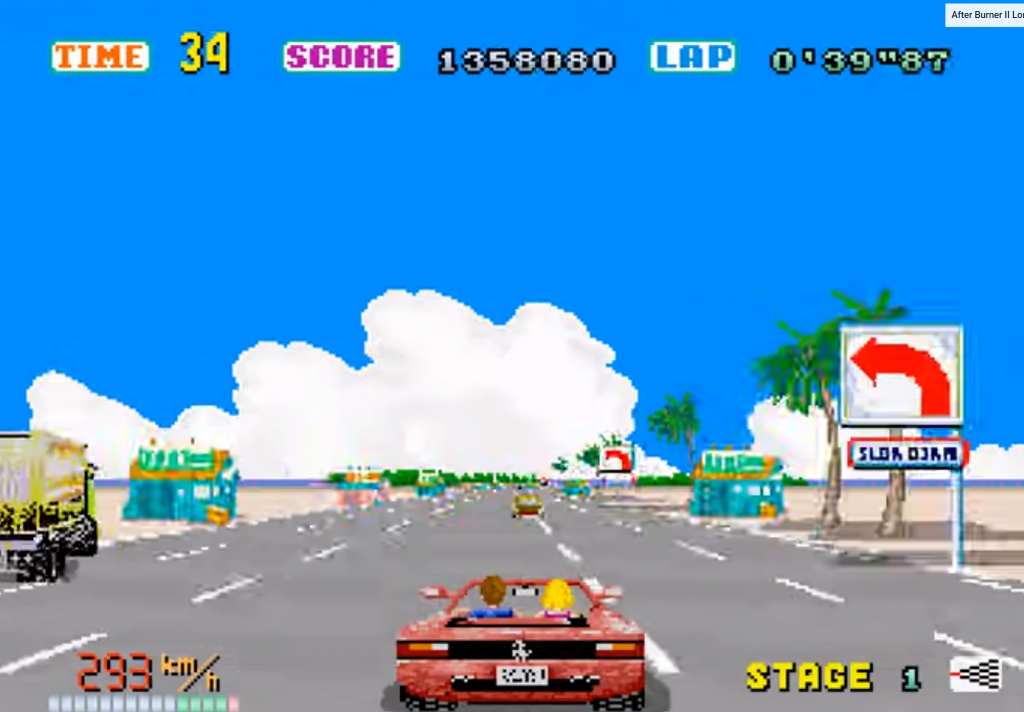
Out Run
Sega was always ahead of its time when it came to racing games, and Out Run was a massive leap forward for the genre. Released in arcades in September 1986, Out Run featured impressive pseudo-3d graphics in glorious 16-bit color and nonlinear gameplay which allowed players to choose different routes and difficulty levels (and each with a different ending cutscene). The game was an immediate smash hit and became the top-selling arcade game in Japan and in the US the year following its release. It’s still considered one of the all-time great arcade racing games.

Warhammer Fantasy Roleplay
For players who wanted to do their dungeon delving in the old world setting of Warhammer Fantasy Battles, Games Workshop’s foray into the tabletop RPG genre let them do just that. Characters in the game’s first edition largely resemble those in the early versions of the tabletop wargame and similar to the original Dungeons & Dragons, a lot of the game resembles taking on the role of a single model. The game was received well enough to get more editions, but Games Workshop would largely hand off publishing duties to other companies as it focused on miniatures.
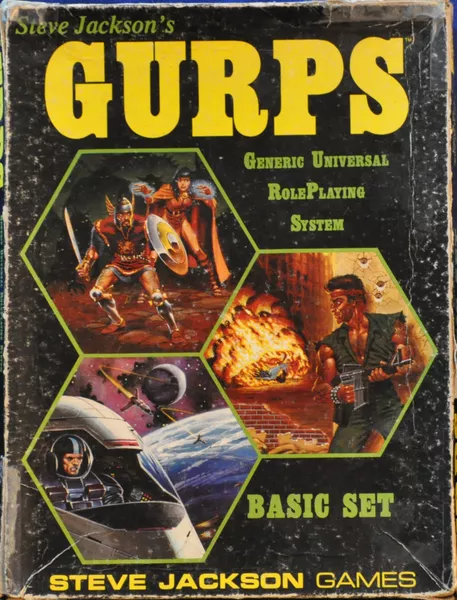
GURPS
In 1986 Steve Jackson Games released the first rulebook for the Generic Universal RolePlaying System, or GURPS. At a time when tabletop role-playing games tended to be based on a specific setting (see above), genre, or storyline (the many adventure modules of Dungeons & Dragons), GURPS focused primarily on being setting-agnostic, providing rules for skill checks and action difficulty regardless of the setting. The game also replaced the random stats of D&D and Palladium with a points-buy system. GURPS was well-received and went on to spawn dozens of supplements for adapting the game rules to different settings, worlds, and scenarios.
Why It Was the Best Year in Gaming
1986 has a legitimate claim to being the best year in gaming with a ridiculously strong run of both classic video games and tabletop games. Four of the most important games ever made were released in 1986, and there were a ton of other bangers I didn’t get to, such as Kid Icarus, King’s Quest III, The Bard’s Tale II, MechWarrior RPG, and Adventure Island. There are still growing pains here, sure – you’re definitely getting the worst versions of a lot of these games by playing them on the Famicom Disk System, which had long load times and pretty sad storage capacity – and if you were an American Nintendo kid, these releases were more spread out over ‘87 and ‘88. But we’re going by original release date here and that means 1986 was a hell of a year, cementing Nintendo as the company to beat in the suddenly rejuvenated video game market.
On the tabletop side, Steve Jackson Games really starts something special with its first edition of GURPS. There won’t really be a serious Dungeons & Dragons contender in the fantasy RPG space until the mid-2000s, but for modern and future settings GURPS would basically become the generic RPG system, with a massive collection of sourcebooks and expansions. Whatever you wanted to do, there was a GURPS book for it. It was so popular that in 1994 Fallout would begin development as a GURPS game, but ultimately drop the license when Steve Jackson had issues with the amount of violence in the game.
This article is part of a larger series on the best year in gaming. For more years, click this link. Have any questions or feedback? Drop us a note in the comments below or email us at contact@goonhammer.com.
